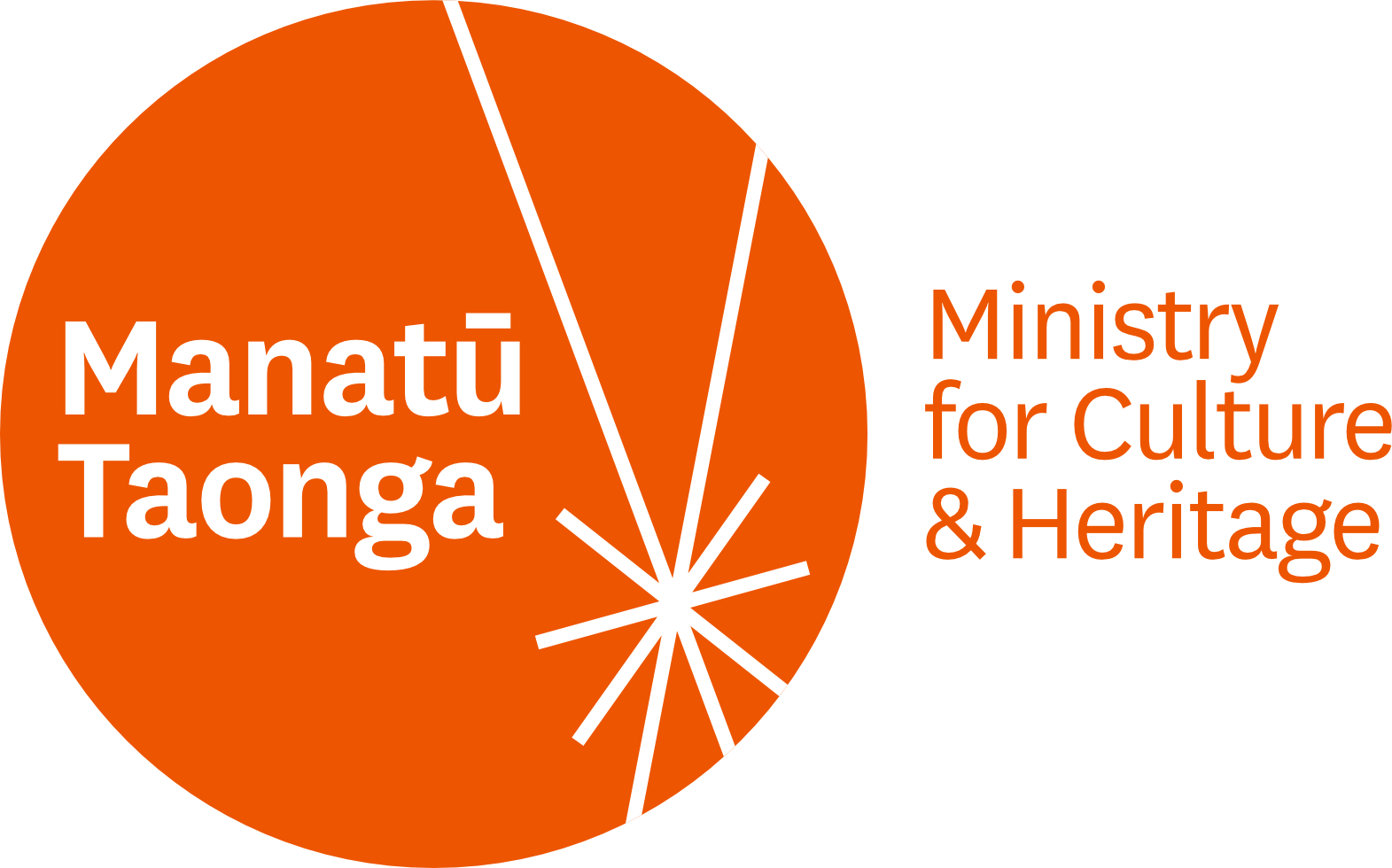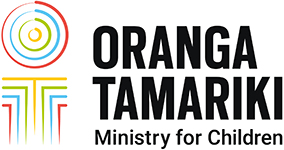How do we measure value?
22 May 2012
By Steve Berry, Department of Corrections
I have been asked for my thoughts on the rehabilitative value of arts initiatives like the Ruwhenua Whakaaro art auction, recently facilitated by Corrections in Christchurch. That is an interesting question to me as a clinical psychologist because it raises the complicated issue of how “value” is measured.
In New Zealand the reoffending rate of people sentenced to imprisonment is substantial. For most of us, therefore, observing prisoners spending their time constructively and productively can be a heart-warming experience that gives hope, particularly given the justifiable fears that prisoners could commit further acts of abuse and violations of the law on their release. Unsurprisingly, therefore, there are many people who unequivocally advocate for creative and leisure pursuits as a necessary part of a modern prison system.
But the benefits of the arts in the context of offender rehabilitation do not feature prominently in the psychological research literature. If one explores a leading text on offender rehabilitation, The Psychology of Criminal Conduct (2010) by Don Andrews and James Bonta, it makes no mention of art and creative pursuits.
There is a small section of their book that comments on the benefits of leisure and recreation. Andrews and Bonta note that there is a significant risk of reoffending when a prisoner is not involved in conventional, organised leisure-time activities and when there is poor use of leisure time. They reflect the general scientific rehabilitation literature, finding that creative activities alone do not significantly reduce reoffending rates.
Southern Region
I oversee the Southern Region Rehabilitation and Reintegration Services for the Department of Corrections. The region consists of Wellington and the South Island and includes eight prisons, approximately 2500 prisoners and more than 12,000 offenders serving community-based sentences.
Within the region there are many initiatives that could be described as creative and I would not risk trying to generate an exhaustive list. Nevertheless, here are some examples:
- Prisoners have access to the NZQA Certificate and Diploma via distance delivery through The Learning Connexion.
- Currently, there is a Maori Television series screening, called “Songs from the Inside”. Music is frequently heard in a Corrections setting, particularly in rehabilitation-focussed environments.
- Prisoners have carved, painted, weaved and knitted items for various community groups and to decorate their own surrounds.
- Drawing, painting, theatre, poetry and other forms of writing are used as therapeutic tools, vehicles to facilitate learning about pro-social behaviour.
- In the Storybook Dads’ initiative, prisoners get to be taped reading stories so their children can hear their voices and stay connected. Prisoners may even improve literacy skills as a result.
Reducing re-offending is a key Corrections goal. However, there is more to encouraging our prisoners to be creative than simply reducing re-offending.
Prisoners may be encouraged to engage in creative activities for many different reasons.
For me, it is important that we humanise our prison environment; that we seek to inspire our offenders to do better and be better; and that we support and encourage offenders to seek to atone. Art and creative pursuits generally help us to achieve these goals and that is why I was pleased to support the Ruwhenua Whakaaro art auction.




